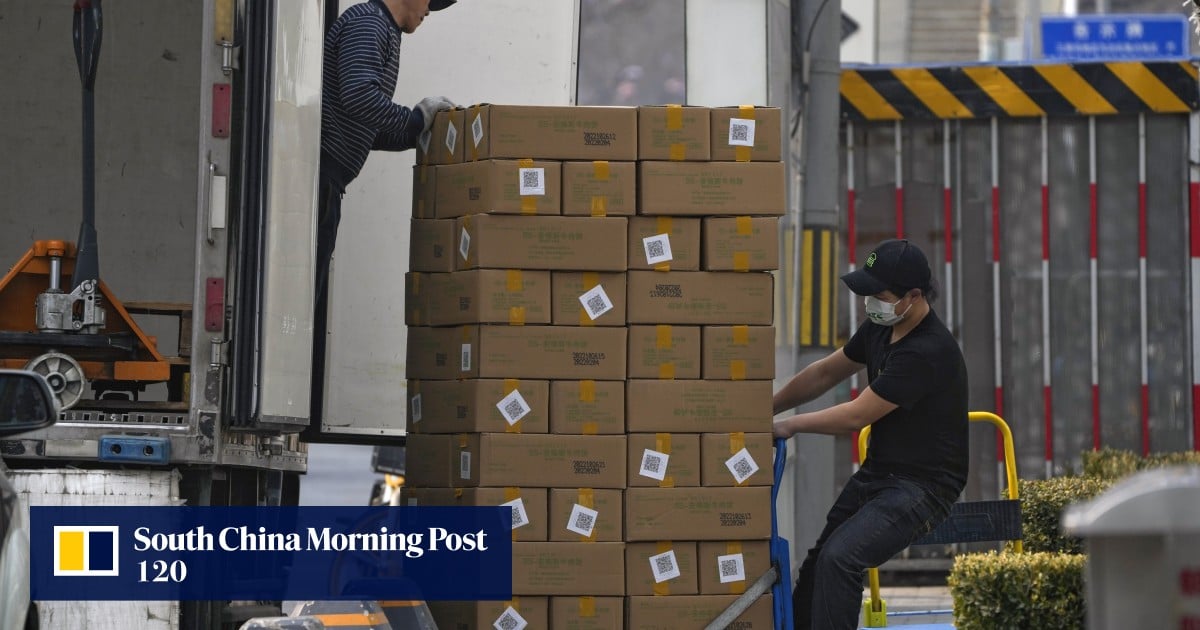
China’s exports continued to decline in October, underlining persistent weak external demand and increased uncertainty over the precarious overall economic recovery, while imports surprised the market by bouncing back to growth.
Exports fell for a sixth consecutive month in October, dropping by 6.4 per cent from a year earlier to US$274.8 billion, the General Administration of Customs said on Tuesday.
Imports, meanwhile, grew by 3 per cent last month to US$218.3 billion, up from a 6.2 per cent decline in September, and exceeding expectations from Wind for a drop of 4.7 per cent.
The increase in imports may not necessarily reflect strong domestic demand
“Export data indicates uncertainties regarding the recovery of external demand,” said Xu Tianchen, an economist with The Economist Intelligence Unit.
“The increase could indicate a rebound in domestic demand, but the rebound should be moderate, as a weak exchange rate precludes a surge in imports.”
Imports of soybean rose by 14.6 per cent in the first 10 months of the year by volume, year on year, while imports of crude oil rose by 14.4 per cent and purchases of coal soared by 66.8 per cent during the same period.
China’s total trade surplus in October stood at US$56.5 billion, down from US$77.71 billion in September.
China has to rely more on domestic demand to boost growth
“Export growth remained sluggish as the economic momentum in the US and Europe slowed. External demand will likely weaken further in the next six months,” said Zhang Zhiwei, president and chief economist at Pinpoint Asset Management.
“China has to rely more on domestic demand to boost growth. The pickup of import growth is a positive surprise. It is not clear whether this rebound of imports indicates the domestic demand has improved.
“We need to monitor other data points, such as retail sales. Nonetheless, as fiscal policy has turned more proactive, a recovery in domestic demand is likely in the coming months.”


